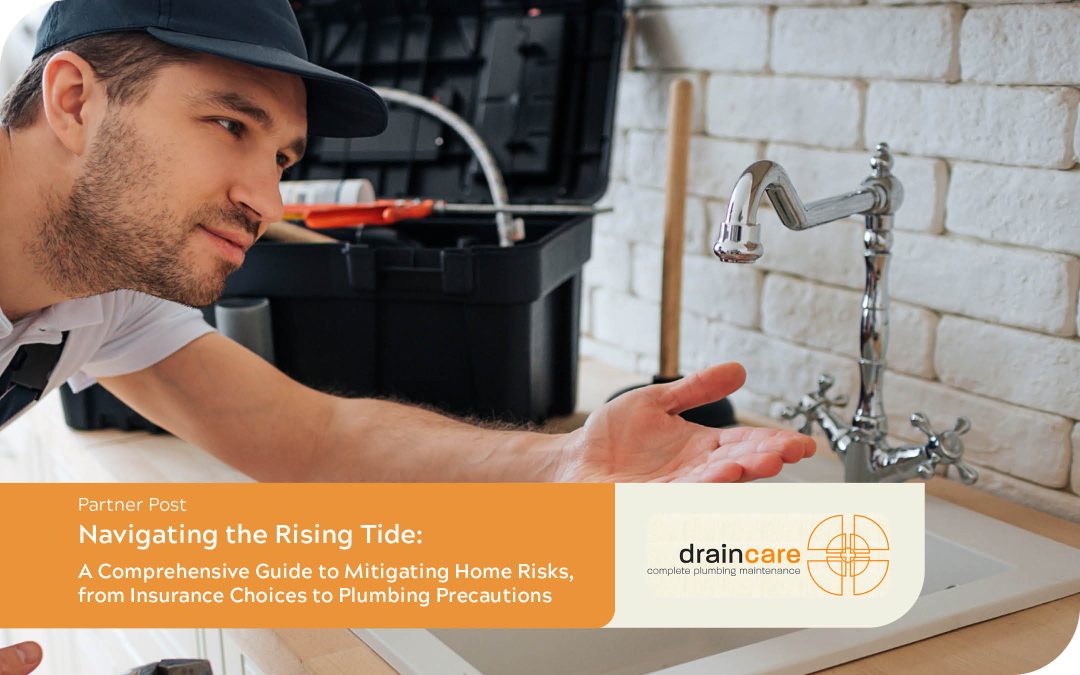The cost of living is rising across the board with fuel, electricity, gas and many more products and utilities. For some people, fuel prices have seen them choose an electric vehicle, or gas prices make them choose to change appliances to electric. Solar systems are also in high demand to help reduce the cost of electricity consumption for a household. But the cost of insurance is also a big issue, that has seen the industry grow with not only choice, but companies founded purely on providing consumers the tools to easily “compare the market”.
Home and Contents insurance policies are being tested daily with claims of damage in various situations, from minor accidents to fire and flood occurrences. In the case of plumbing, the number one cause of internal water flooding occurrences are from burst flexi-hoses. When these things burst, they can cause thousands of dollars of damage in just minutes if not detected early. And in the case of units or apartments, damage several dwellings. As we have touched on before, these should be inspected regularly ,and having a convenient and easy water isolation point is imperative. If mixer taps are the old, then perhaps new taps every 5 years keep the risk down. Toilet hoses are also likely candidates for change if found to be rusting or stiff.
Another trend that is coming back is the use of copper lines in these situations. Old-school toilet installs usually featured a chrome copper pipe connecting the water supply to the inlet valve, and early-model, high end kitchen flickmixers were also equipped with hard copper lines instead of the modern braided rubber flexi-hoses that have……flooded the market. Jokes aside, this is a serious suggestion that should be considered. For most toilets, this is a relatively simple procedure to change back to chrome copper. Especially if the toilet tap is accessible, and most importantly, turns off when twisted. Unlike insurance policies, toilet taps are cheap, and should be upgraded to a “half turn” design that will also aid in reducing water hammer. It doesn’t hurt to also occasionally just turn the tap off and on to keep it malleable, as they can seize when left on for years. The old flexi hose comes off as fast as it was first put in, and a neat chrome copper pipe can be made to fit. Sometimes the inlet valve may need to be removed to allow the installation, but once this pipe is in, its set-and-forget. In the case of the other basin and kitchen flickmixers, there are copper hose tails called “No Blows” that can substitute the flexi hoses with some minor alterations. Normally it is assumed that the tap should come out to change these over, as access from under the sink or basin may be restrictive to change them in-situ. New taps are still suggested at this point to replace the worn internal parts such as mixer cartridge, swivel o-rings, etc etc.. But the No Blows tails can then be installed whilst assembling the new tap for installation, and connected in a relatively normal fashion to the existing water points.
So perhaps the best Christmas gift this year is a little more chrome, new taps and peace-of-mind, knowing that you’ve done all that you can to reduce the risk of flooding yourself, and others.
